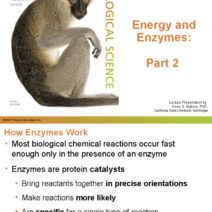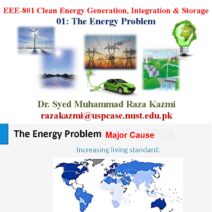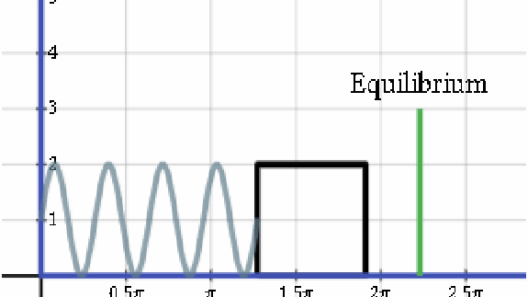Aluminum recycling is a vital process that not only transforms waste material into valuable resources but also plays a significant role in conserving energy. A variety of approaches contribute to this commendable endeavor, as recycling aluminum manifests into an efficient practice that aligns with a sustainable future. Understanding the methods, benefits, and environmental impact of recycling aluminum offers insight into how this practice helps mitigate climate change.
First and foremost, it is important to recognize the inherent properties of aluminum. This lightweight metal possesses a unique combination of strength and malleability, making it an ideal candidate for numerous applications ranging from beverage cans to aerospace components. However, its production from raw materials—primarily bauxite ore—demands an exorbitant amount of energy. In fact, the manufacturing of new aluminum requires approximately 90% more energy than producing aluminum from recycled sources. Recycling aluminum significantly reduces energy consumption, a critical factor in the global pursuit of environmental sustainability.
The aluminum recycling process begins with the collection of scrap materials, commonly sourced from discarded consumer products such as cans, foil, and structural components. Once collected, these aluminum items undergo sorting to eliminate contaminants and separate aluminum from other materials. Subsequently, the aluminum is shredded into small pieces, enabling better processing efficiency. In this phase, the aluminum undergoes a cleaning process to remove any residues, allowing for higher quality output during the melting stage.
Once the aluminum is thoroughly purified, it proceeds to the melting stage. This critical phase involves heating the aluminum shavings to around 1400°F (760°C) in a furnace. Remarkably, this process utilizes only about 10% of the energy required to produce new aluminum from bauxite, demonstrating a significant conservation of energy resources. The energy saved during this process translates into reduced greenhouse gas emissions, reinforcing the case for increased recycling practices.
The molten aluminum is then poured into molds to create ingots, which can be readily remelted and reused. This continuous cycle, often referred to as the “closed-loop” recycling process, underscores aluminum’s characteristic of being infinitely recyclable without loss of quality. Such a feature not only enhances sustainability but also generates economic viability in the recycling sector, bolstering local economies through job creation and resource conservation.
The energy conservation associated with aluminum recycling extends beyond production alone. By choosing recycled aluminum products, consumers contribute to a reduction in overall energy demands. This shift reflects a conscious commitment towards a greener lifestyle. For every ton of aluminum recycled, an estimated 14,000 kWh of electricity is conserved—enough to power an average American home for approximately 5 months. The advocacy for using recycled aluminum products, therefore, cultivates a proactive stance against climate change while appealing to the consumers’ desire for sustainable living.
Moreover, the environmental benefits of recycling aluminum extend to natural resource conservation. Bauxite mining, integral to new aluminum production, results in the destruction of ecosystems and biodiversity. By reducing our reliance on newly mined bauxite through aluminum recycling, we can alleviate the ecological ramifications associated with mining practices. The healthier our ecosystems remain, the more they contribute to our planet’s long-term resilience against climate change.
Aside from energy and ecological considerations, aluminum recycling also promotes economic responsibility. The recycling industry creates a considerable number of jobs across various sectors, including collection, sorting, processing, and manufacturing. It has been estimated that recycling and reuse activities contribute over a million jobs in the United States alone. As communities embrace recycling initiatives, local economies flourish, demonstrating a synergistic relationship between sustainability and economic growth.
However, achieving optimal recycling rates necessitates a concerted effort from both individuals and policymakers alike. While awareness campaigns play a crucial role in educating the public about the benefits of recycling, legislative frameworks that incentivize recycling programs and develop infrastructure are essential to the movement’s sustainability. Governments must implement policies that encourage the production and consumption of recycled materials, thus fortifying the aluminum recycling ecosystem.
In addition to legislative support, innovative technologies are emerging, allowing for more efficient recycling processes. Advanced sorting technologies utilizing AI and machine learning are increasingly adopted within recycling facilities, enhancing the speed and accuracy with which materials are processed. Such advancements promise to streamline the recycling process further, ultimately resulting in cost savings and increased energy conservation.
Collectively, all these elements contribute to a comprehensive approach toward energy conservation through aluminum recycling. It is essential to recognize that recycling is not a standalone solution. A broader strategy encompassing waste reduction, sustainable consumption, and civic engagement is required to achieve long-lasting impact.
In conclusion, the act of recycling aluminum serves as a quintessential example of turning trash into treasure efficiently. By conserving significant amounts of energy during the recycling process, individuals, municipalities, and industries alike contribute to a more sustainable future. Optimizing the cycles of aluminum not only aids in combating climate change but also enhances economic vitality and helps preserve precious natural resources. The path forward requires an unwavering commitment to recycling and a collective effort to create a more responsible, energy-efficient society. Only then can we ensure that future generations inherit a planet capable of supporting vibrant ecosystems and prosperous communities.








